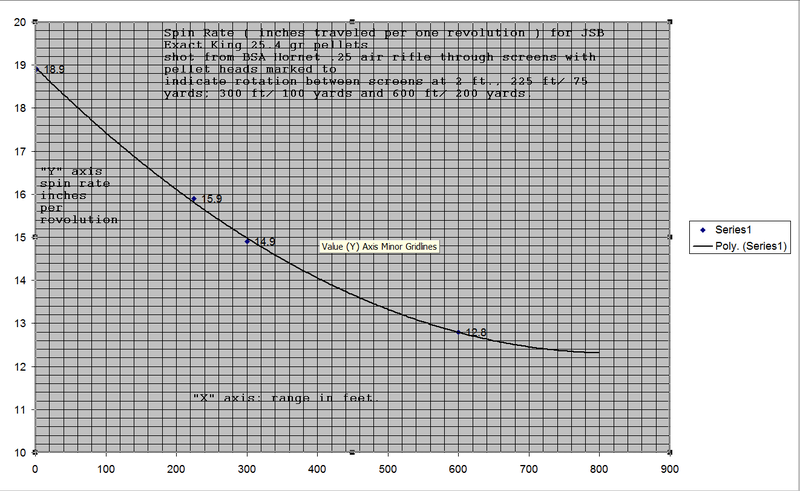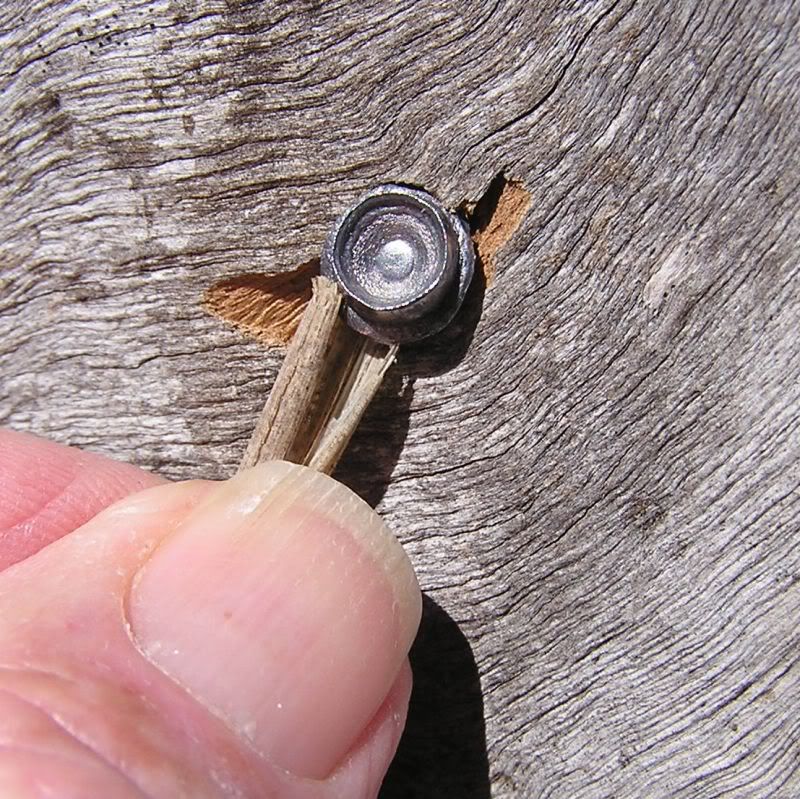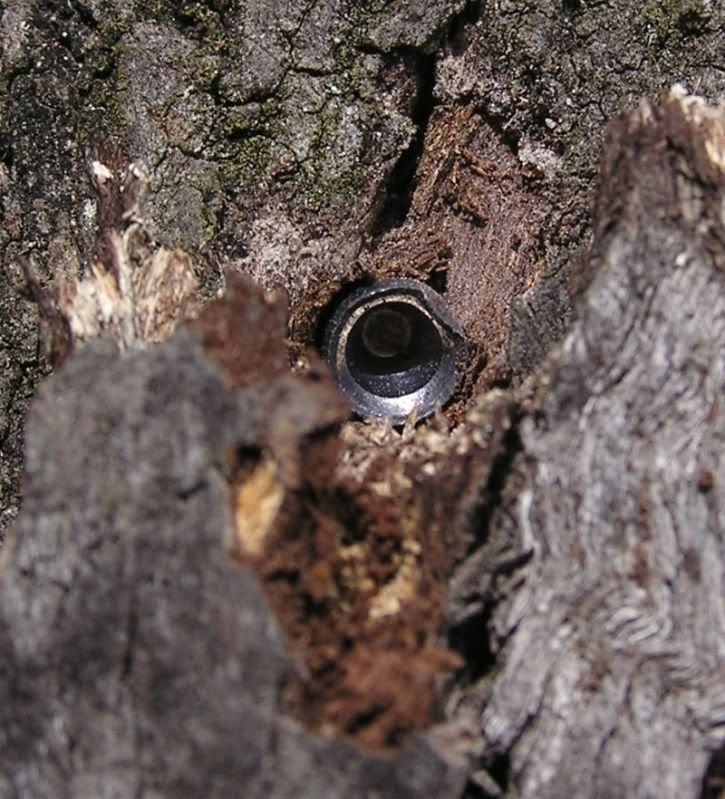Bent, Prussian blue would be OK.
I used ink taken from a ball point pen to mark the heads with a carefully applied thin stripe from near the centre of the head to the rim of the head.
Index the stripe to say 12:00 o'clock when loading.
Be very careful / precise when geometrically orienting the recording cards relative to each other; and carefully measure the gaps between them.
Make sure to determine the "rifling" direction as LH or RH because you must know which way the pellet is spinning when you come to do the maths/geometry.
As with most things, the accuracy of the set-up determines the quality of results.
I used a protractor, Dan used Photoshop and not sure what Fredrik used to measure the angles - we are the only ones I know of who have done this with the ST barrels.
With ST barrels you will find that different weight pellets will give you different results because the amount of spin rate will be affected by the momentum of the pellet as it strips through the "rifling" in that last 1-1/2" at the muzzle.
Here is the result from another study I did with conventional rifled BSA .25 Hornet to measure spin rates/unit travel out to 200 yards .

The report from that experiment http://www.network54.com/Forum/79537/thread/1281248469
... Enjoy the process. Regards, Harry.
I used ink taken from a ball point pen to mark the heads with a carefully applied thin stripe from near the centre of the head to the rim of the head.
Index the stripe to say 12:00 o'clock when loading.
Be very careful / precise when geometrically orienting the recording cards relative to each other; and carefully measure the gaps between them.
Make sure to determine the "rifling" direction as LH or RH because you must know which way the pellet is spinning when you come to do the maths/geometry.
As with most things, the accuracy of the set-up determines the quality of results.
I used a protractor, Dan used Photoshop and not sure what Fredrik used to measure the angles - we are the only ones I know of who have done this with the ST barrels.
With ST barrels you will find that different weight pellets will give you different results because the amount of spin rate will be affected by the momentum of the pellet as it strips through the "rifling" in that last 1-1/2" at the muzzle.
Here is the result from another study I did with conventional rifled BSA .25 Hornet to measure spin rates/unit travel out to 200 yards .

The report from that experiment http://www.network54.com/Forum/79537/thread/1281248469
... Enjoy the process. Regards, Harry.



